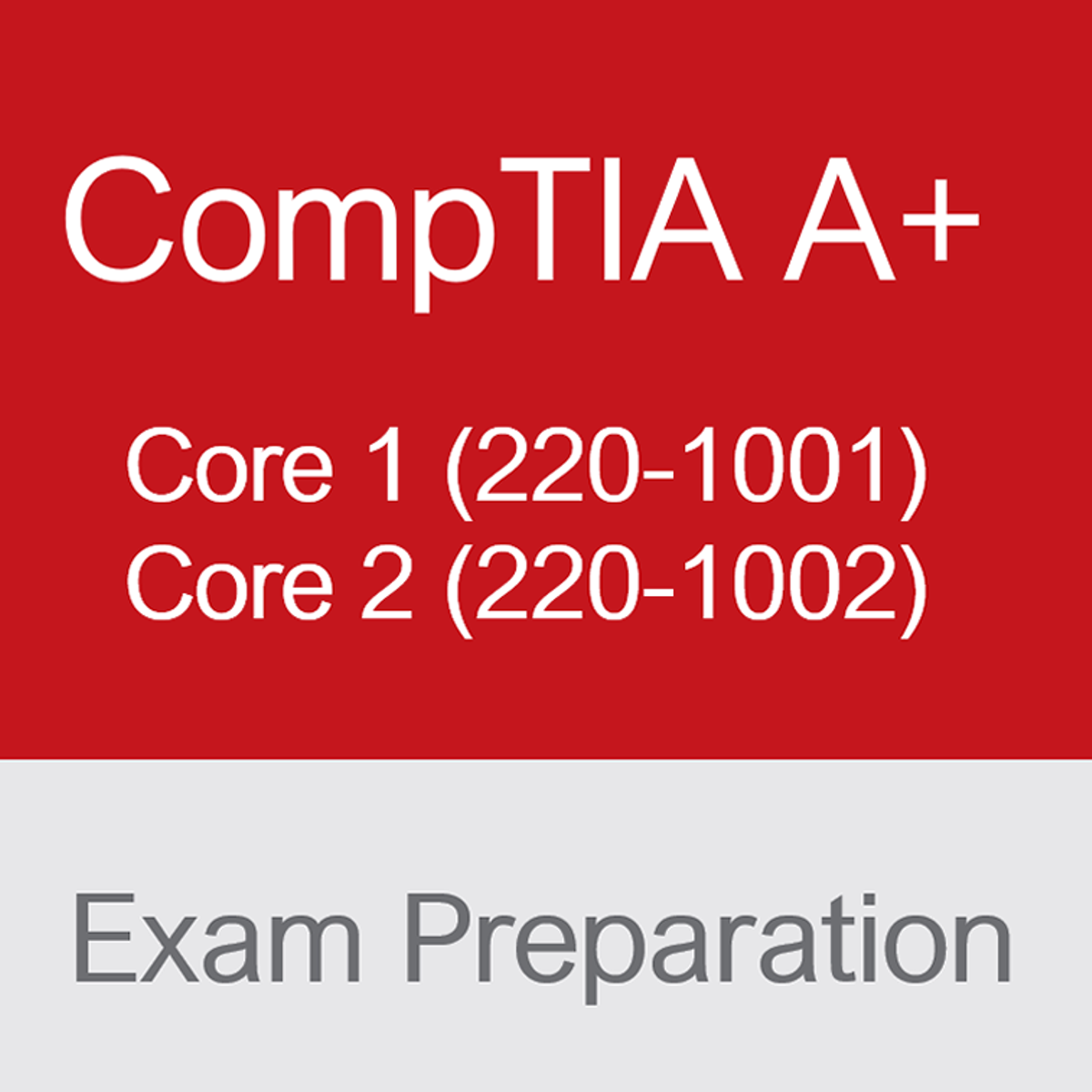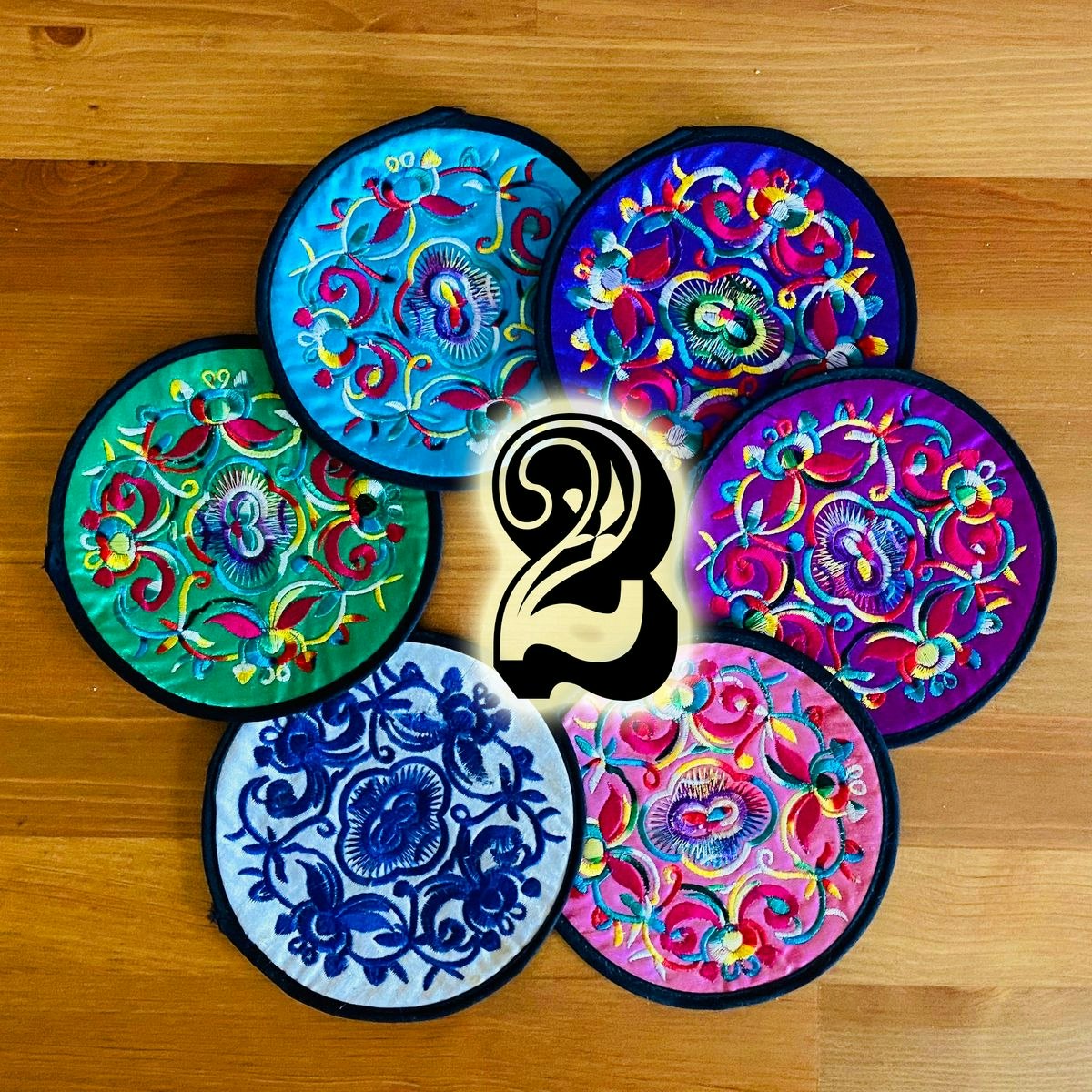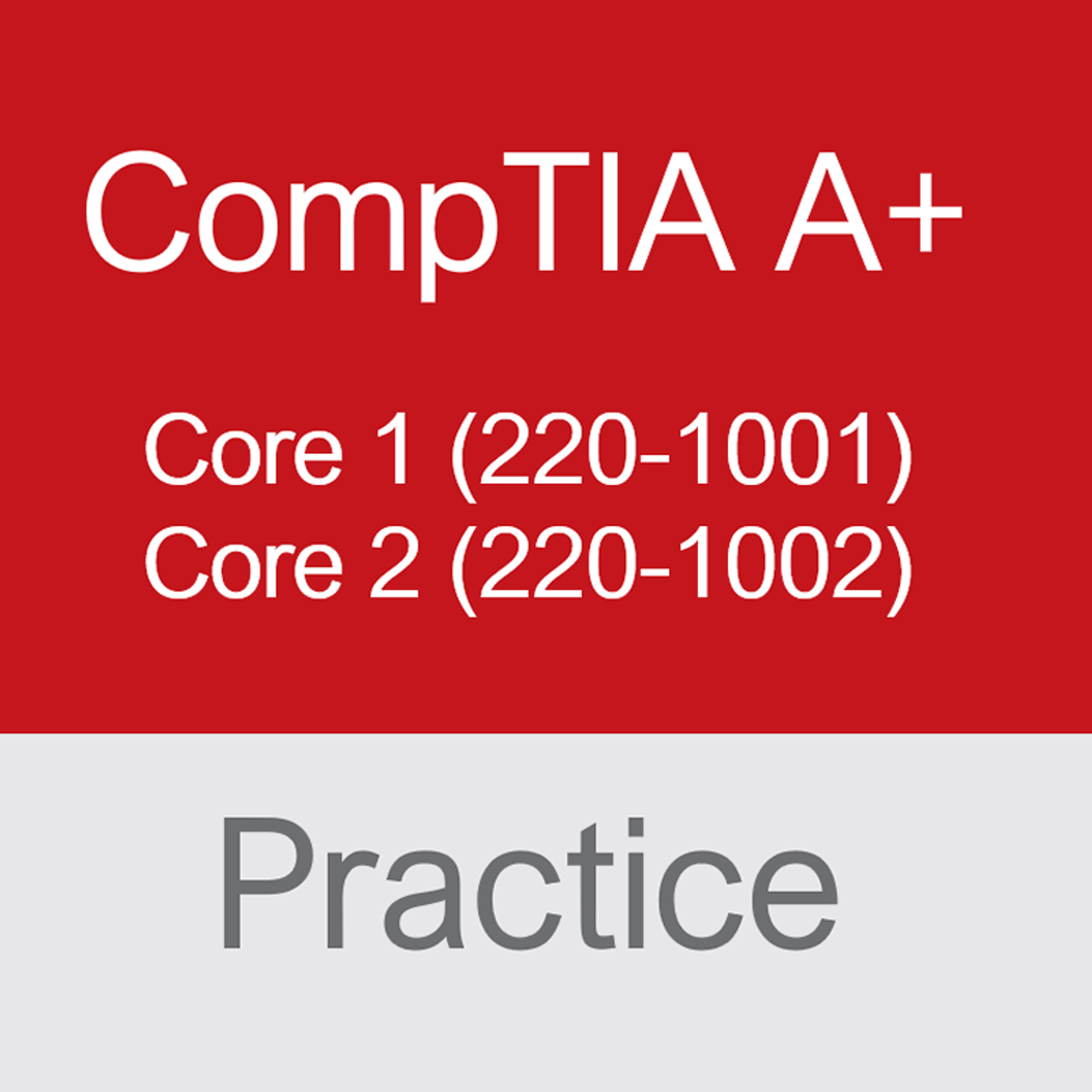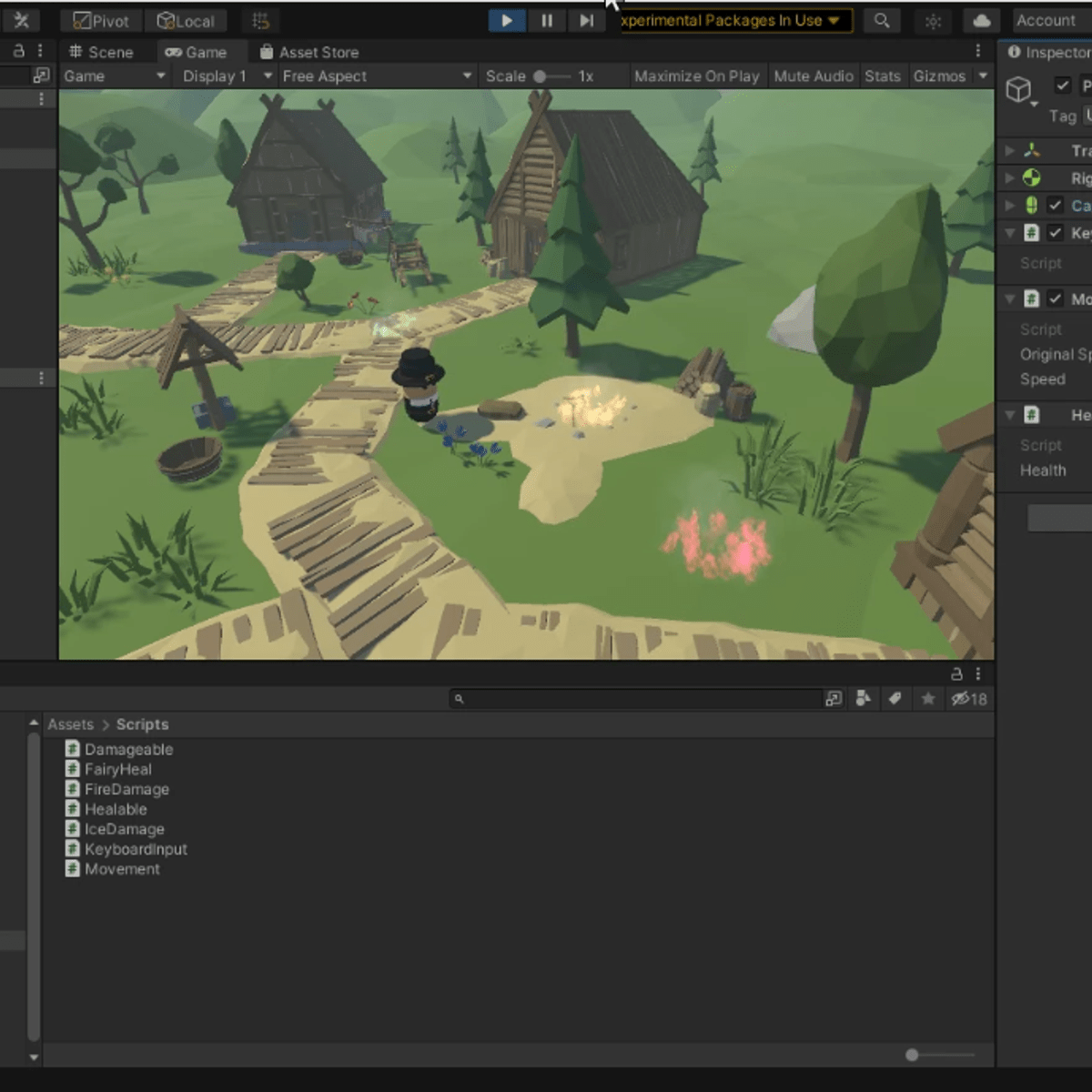Back to Courses









Support And Operations Courses - Page 14
Showing results 131-140 of 203

Create Docker Container with Flask Seaborn Regression Plot App
Often a software application developed on one platform will not run on another because of software environment differences. Sometimes it can happen when an operating system is updated, for example. Suddenly an application starts to fail. Containers solve that problem by creating a controlled environment in which to run the application, separate from the host machine’s environment. The container contains a specific version of each software package that is known to work with an application at a given point in time. Docker is an application that allows the developer to generate containers to easily build and share applications.
In this course, you will create a Docker container in which you will implement a web application using flask in a Linux environment. The application will return a regression plot of data housed in a CSV file on the server.
Note: This course works best for learners who are based in the North America region. We’re currently working on providing the same experience in other regions.

Setting up a Minecraft Server on Google Compute Engine
This is a self-paced lab that takes place in the Google Cloud console. In this lab, you'll learn how to install, configure, and run a standard Minecraft server on Google Compute Engine. You will also learn basic customization of the server and scheduling backups.

Using gsutil to Perform Operations on Buckets and Objects
This is a self-paced lab that takes place in the Google Cloud console. In this lab you will use gsutil to create a bucket, then perform operations on objects inside the bucket.

Digital Twins
In this course, learners will be introduced to the concept of Digital Twins, learn how it is applied in manufacturing, and what businesses should consider as they decide to implement this technology. Considerations include information technology infrastructure, the business value of implementing Digital Twins, and what needs to happen across the organization to ensure successful implementation.
Learners will hear from industry experts as they share their perspectives on the opportunities and challenges of implementing Digital Twins, how Digital Twins is being implemented in their companies, and insights on the future of this technology within their industry and across manufacturing.
The content presented in this course draws on a number of real-life interviews and case studies, and was created through a partnership with Siemens.

Introduction to Unit Testing in Jest - The Fundamentals
In this 1-hour long project-based course on Introduction to Unit testing In Jest, we will get to explore the anatomy of a Jest unit test, and begin writing code and subsequently, the tests for that code using the Jest framework.
By following this course, we will demystify unit tests and understand how we can use them to write better code. we will get practise across the general landscape of the Jest framework to and see how we can use the cool tools provided to us by the awesome Jest developers
We will learn all about the syntax of a test, general rules, common matchers, and then start working with testing in asynchronous code and API fetching and then move on to mocking.
Note: This course works best for learners who are based in the North America region. We’re currently working on providing the same experience in other regions.

CompTIA Exam Prep
This course is geared towards anyone looking to take the CompTIA A+ certification exam. This certification focuses predominately on computer support or helpdesk. This course gives you easy access to the invaluable learning techniques used by many in their preparation of the CompTIA A+ certification exam. We’ll learn about the exam process, expectations, and tip & tricks that can be used in passing the exam. Using these approaches, regardless of your skill levels in the topics and objective areas of the exam. If you’re already working in the industry or already have experience working as a helpdesk individual for a good length of time, this prep course will cover the more focused details about the exam. If you’re not as experienced, you’ll see not just the focus on exams details, but will also be given tips and tricks for passing the exam. You’ll also have some practice exploring some exam questions focusing in core concepts. If you’ve ever wanted to become certified as a CompTIA A+ technician, this course will help serve as your guide. This course has a wide array of exercises, such as videos, reading, peer review writing assignments, quizzes, and discussion questions. The only equipment needed is a computer with internet access.
It is assumed that you have completed the Google CompTIA A+ course.

VPC Networking: Cloud HA-VPN
This is a self-paced lab that takes place in the Google Cloud console. Set up two VPCs and add a cloud HA-VPN gateway in each, then run two tunnels from each VPN gateway to demonstrate the HA-VPN gateway configuration for 99.99% SLA.

Manage Your Versions with Git (Part II)
This 1.5-hour project-based course is the second part of "Manage Your Versions with Git". In this course, you will learn about branching, merging and remote repositories. At the end of this class, you will be able to collaborate with other developers all over the world using Git.
No specific coding experience is required but completion of Part I of this course is strongly recommended. Basic software development experience would be highly beneficial.

CompTIA Practice
This course is geared towards anyone looking to take the CompTIA A+ certification exam. This certification focuses predominately on computer support or helpdesk. This course gives you easy access to the invaluable learning techniques used by many in their preparation of the CompTIA A+ certification exam. This course focuses on two primary areas, visual based questions, and simulation-based questions that are based on common core concepts of the exams. Using these approaches, regardless of your skill levels in the topics and objective areas of the exam, should provide you a glimpse of what a tier 1 helpdesk would be. If you’re already working in the industry or already have experience working as a helpdesk individual for a good length of time, this practice course will cover the more focused details about the exam. If you’re not as experienced, you’ll see not just the focus on exams details, but will also be given the opportunity to explore and grow. If you’ve ever wanted to become certified as a CompTIA A+ technician, this course will help serve as your guide. This course has a wide array of exercises, all with the purpose of ensuring that you have the tools needed to be successful of your exam. The only equipment needed is a computer with internet access.
It is assumed that you have completed the Google CompTIA A+ course.

SOLID Programming: Open-Closed Principle in Unity
Programming of any kind, including in game-development, can get complicated as the size and scope of a project increase. Investigating bugs and expanding the code with new functionality can be almost impossible if the code-structure is not well-thought-out.
In this one-hour, project-based course, we will cover the second principle of "SOLID" programming: Open-Closed Principle ("OCP") states that a class should be open for extension but closed for modification. It sounds like a contradiction, but it will allow us to add functionality to our sample game without touching existing code. In the project, we will create some "typical" code that is fairly common in game-development, and then restructure it to become compliant with OCP.
This project is part two of a five-part series on SOLID Programming principles, which are:
- Single Responsibility
- Open-Closed (this guided project)
- Liskov's Substitution
- Interface Segregation
- Dependency Inversion
Each of these guided projects stands on its own, but for a full understanding of good coding practices, completing all five guided projects (in order) is recommended.
Popular Internships and Jobs by Categories
Browse
© 2024 BoostGrad | All rights reserved


